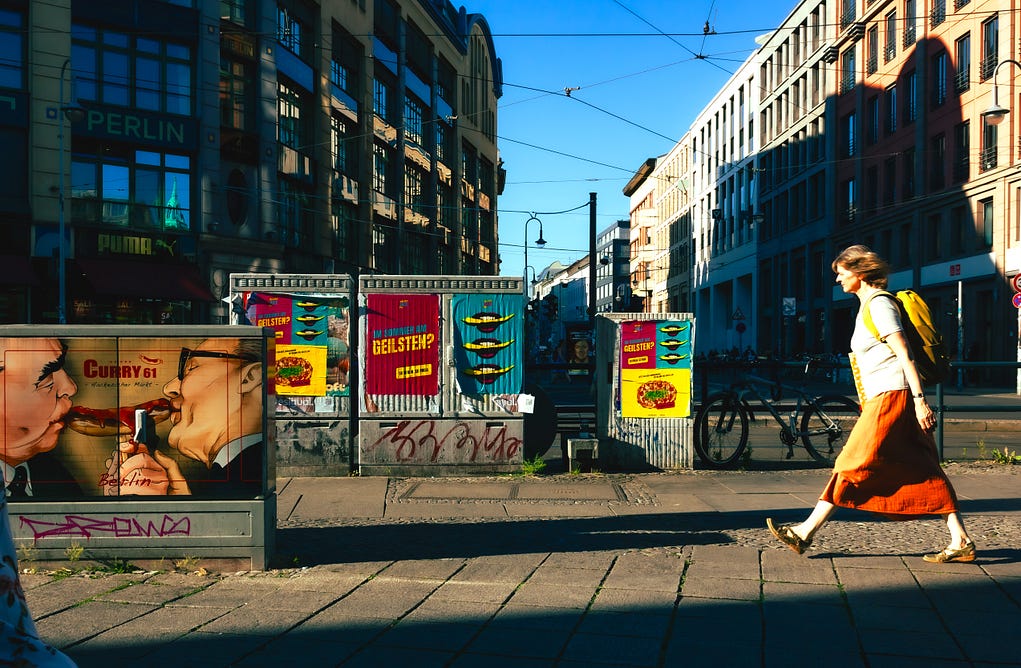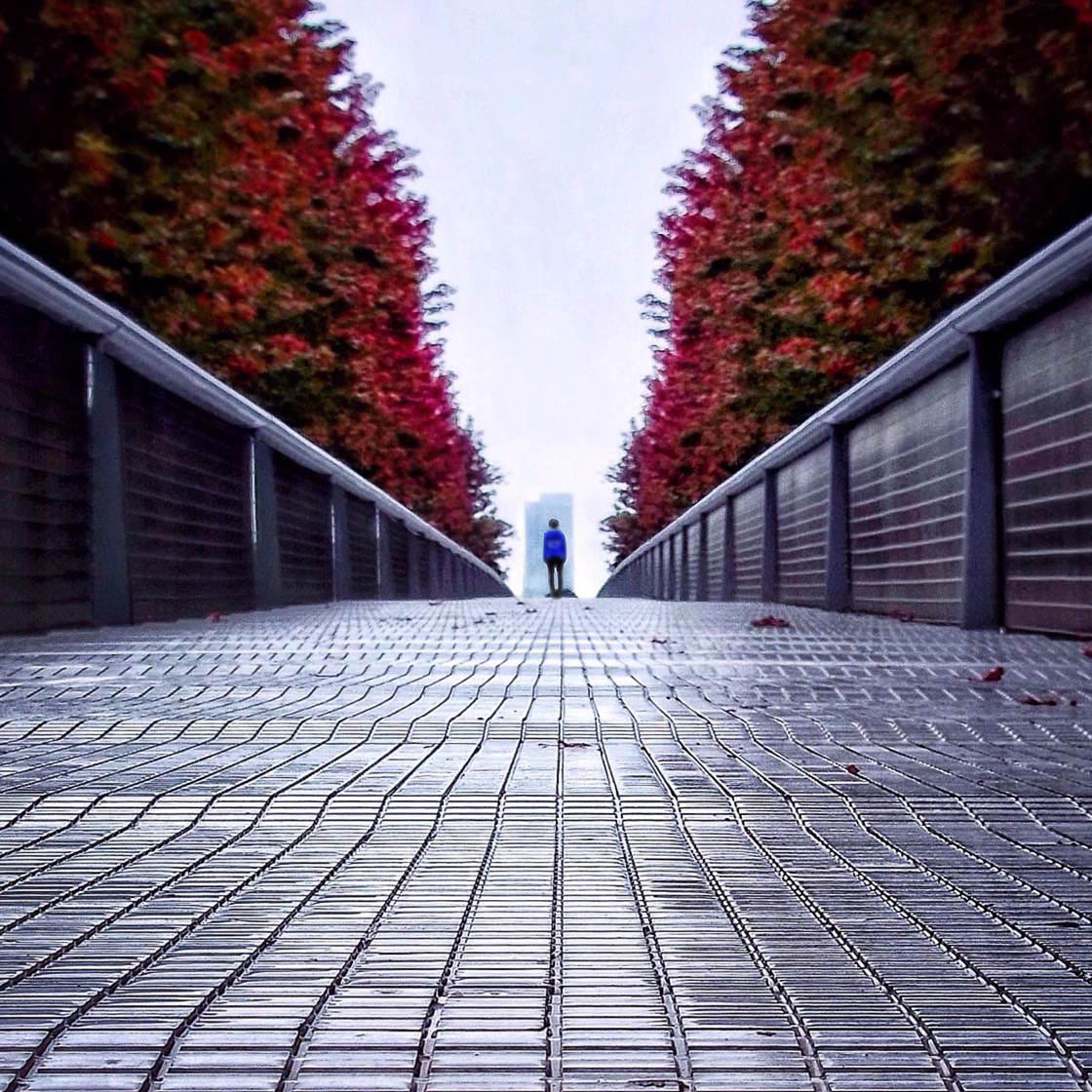5 Easy Facts About Street Photographers Described
5 Easy Facts About Street Photographers Described
Blog Article
The 6-Minute Rule for Street Photographers
Table of ContentsThe 20-Second Trick For Street PhotographersThe Main Principles Of Street Photographers What Does Street Photographers Mean?Street Photographers Things To Know Before You Get ThisThe Greatest Guide To Street Photographers
, a style of photography that records day-to-day life in a public area. The actual publicness of the setting enables the photographer to take honest images of unfamiliar people, commonly without their understanding. Street professional photographers do not necessarily have a social purpose in mind, but they favor to separate and record moments which may or else go unnoticed.Though he was influenced by most of those that affected the road digital photographers of the 1950s and '60s, he was not primarily curious about capturing the spirit of the road. The impulse to visually record individuals in public started with 19th-century painters such as Edgar Degas, douard Manet, and Henri de Toulouse-Lautrec, who functioned side by side with digital photographers attempting to capture the significance of metropolitan life.

Given the fine quality of his photographs and the breadth of product, engineers and musicians usually acquired Atget's prints to make use of as referral for their own work, though commercial interests were rarely his major inspiration. Instead, he was driven to photograph every last residue of the Paris he liked.
Unknown Facts About Street Photographers
They reveal the city with his eyes. His work and basic understanding of photography as an art form worked as inspiration to generations of photographers that adhered to. The following generation of street digital photographers, though they likely did not refer to themselves as such, was introduced by the photojournalism of Hungarian-born photographer Andr Kertsz.
Unlike his peers, Brassa utilized a larger-format Voigtlnder electronic camera with a longer exposure time, compeling him to be more calculated and thoughtful in his technique than he could have been if using a Leica.
Cartier-Bresson was a champion of the Leica camera and among the very first professional photographers to maximize its capacities. The Leica allowed the digital photographer to connect with the surroundings and to record moments as they took place - Street Photographers. Its reasonably small size likewise aided the digital photographer fade into the background, which was Cartier-Bresson's favored technique
All about Street Photographers
It is due to this basic understanding of the art of image taking that he is often attributed with discovering the tool around again roughly a century since read more its invention. He took pictures for greater than a half century and influenced generations of professional photographers to trust their eye and intuition in the moment.
These are the inquiries I will attempt to answer: And after that I'll leave you with my very own interpretation of road photography. Yes, we do. Let's kick off with specifying what an interpretation is: According to it is: "The act of defining, or of making something precise, distinctive, or clear".
No, most definitely not. The term is both limiting and misinforming. Seems like a street photography need to be pictures of a streets appropriate?! And all street professional photographers, besides a little number of absolute novices, will fully appreciate that a road is not the essential component to road photography, and actually if it's a photo of a street with perhaps a few dull individuals doing nothing of passion, that's not road photography hop over to here that's a photo of a street.
He makes a legitimate point do not you believe? While I concur with him I'm not certain "candid public digital photography" will catch on (although I do kind of like the term "candid digital photography") because "street digital photography" has actually been around for a long time, with lots of masters' names affixed to it, so I believe the term is below to remain.
About Street Photographers
Inside?! I hear you yell as you drink your fist to the sky. Why not? You can fire at the beach, at a celebration, in a street, in a park, in a piazza, in a cafe, at a museum or art gallery, in a city terminal, at an occasion, on a bridge, under a bridge ...

9 Easy Facts About Street Photographers Described

Report this page